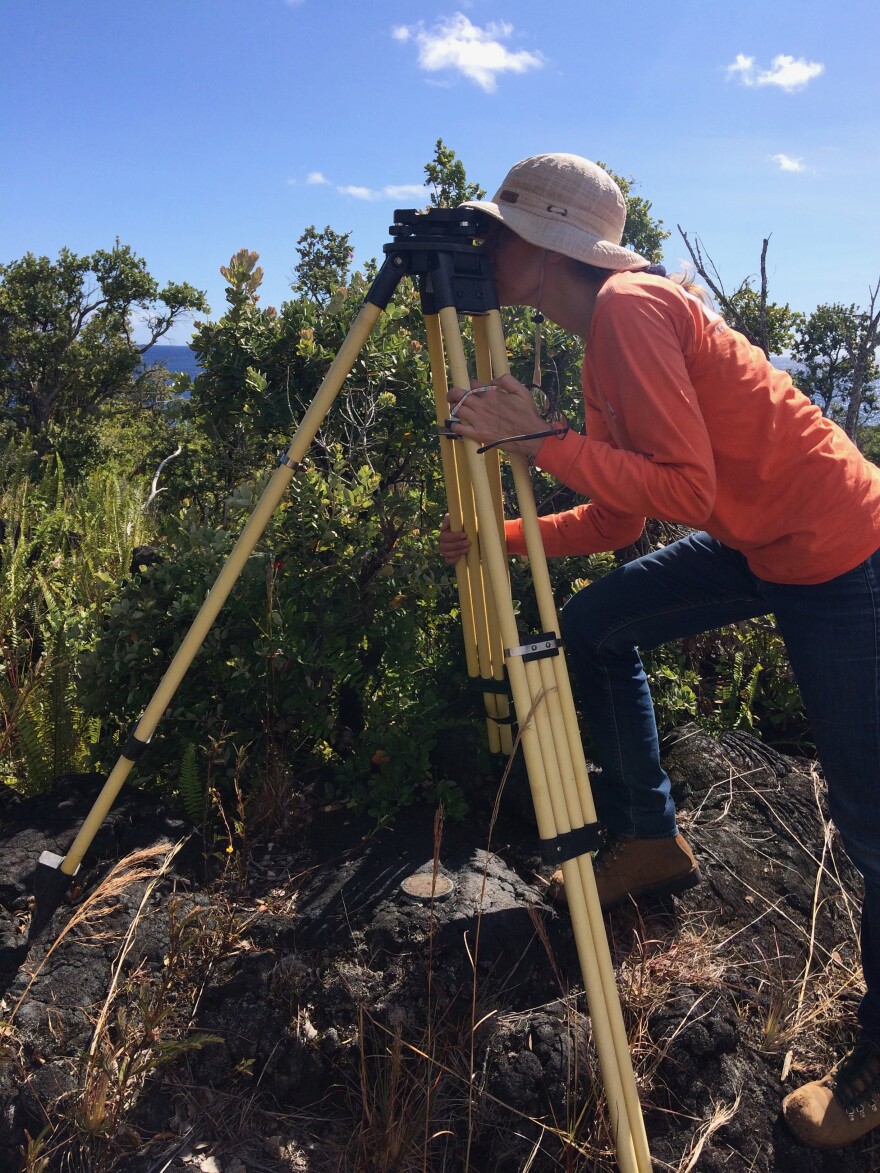This Friday makes a year since K?lauea erupted, sending lava into residential communities on Hawai?i Island. The event displaced about 2,000 people and claimed more than 700 homes in the Puna area of the Big Island. Many of the residents are still recovering. Among them are the scientists who monitor the volcano that could rumble to life at any time.
Geophysicist Ingrid Johanson is still adjusting to life after the eruption. She and fellow scientists at the U.S. Geological Survey Hawai’ian Volcano Observatory abandoned their Kilauea Summit headquarters last summer because of earthquakes and ash.

“Honestly, this period has been really tough for us,” said Johanson. “We're a relatively small staff and we’re used to interacting with each other very closely.”
The observatory is known worldwide as a leader in the study of active volcanoes. Johanson and her crew have been monitoring K?lauea's volcanic activity from different locations since the eruption.

“So Kilauea is still adjusting to all the changes that happened this past summer,” said Johanson. “This was a huge event. In a way, the volcano is still recovering.”
Last year on May 3, lava began spewing from a four-mile long fissure system on K?lauea’s eastern flank. Pressure that built up at the summit forced magma down into Puna.

“We saw the collapses at the summit, very much related to the eruption out in the lower east rift zone,” said Johanson. “So that we really need to consider the entire system of the volcano in making any type of forecasts about what might happen into the future.”

Johanson said scientists are seeing new magma refill volcanic chambers in the East Rift Zone. She said while there is no imminent threat, the fresh bed of lava serves as a reminder of the hazard posed by living on an active volcano.
“This summer’s eruption didn’t change the hazard associated with each of those flow zones,” said Johanson. “So people should continue to really consider those really seriously when making long-term plans.”
Coming Up: Later this week, we take a look at how people affected by the eruption in Puna are trying to recover their lives.
Previous Coverage: From what did and did not cause the eruption to the lingering psychological effects of the event.




